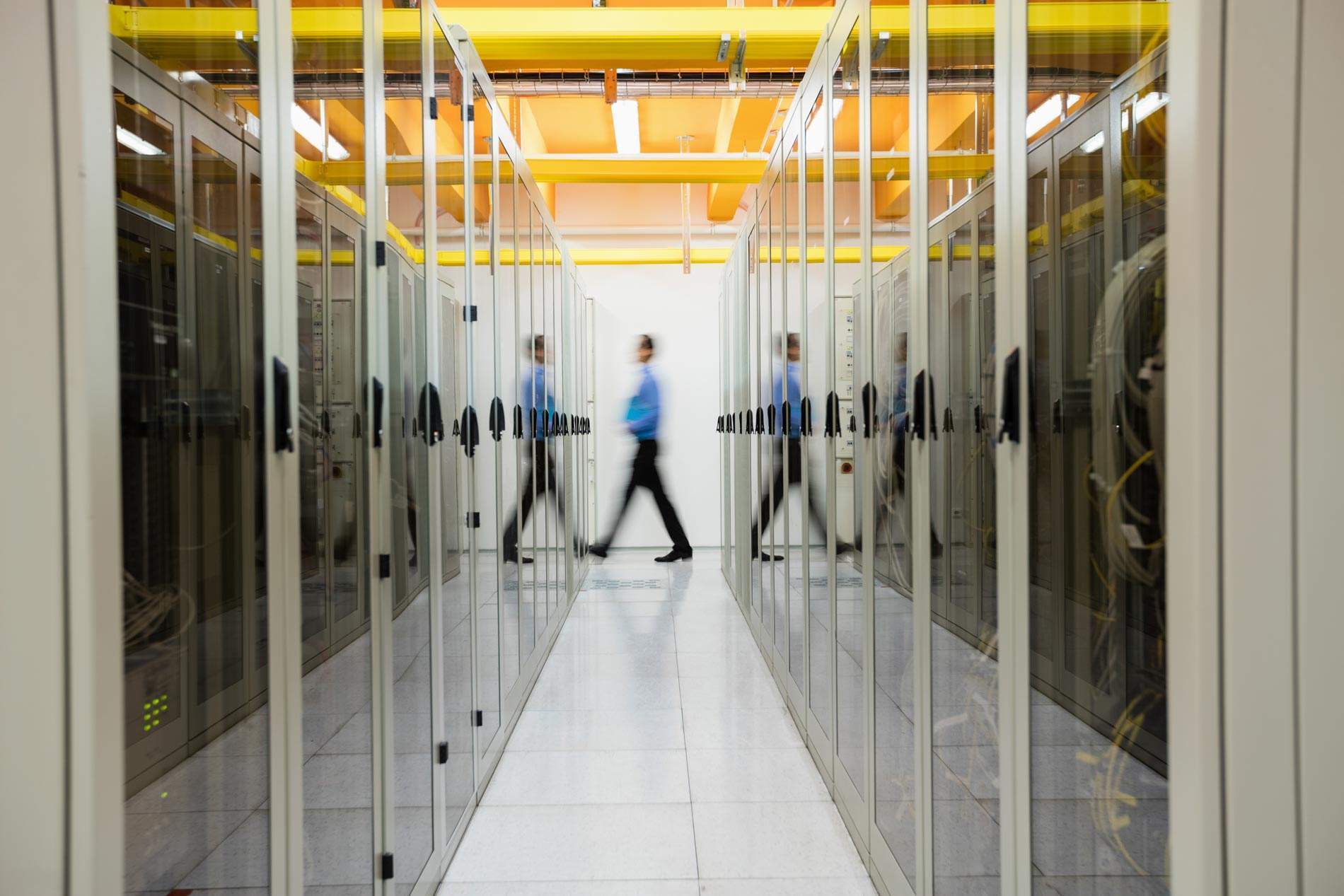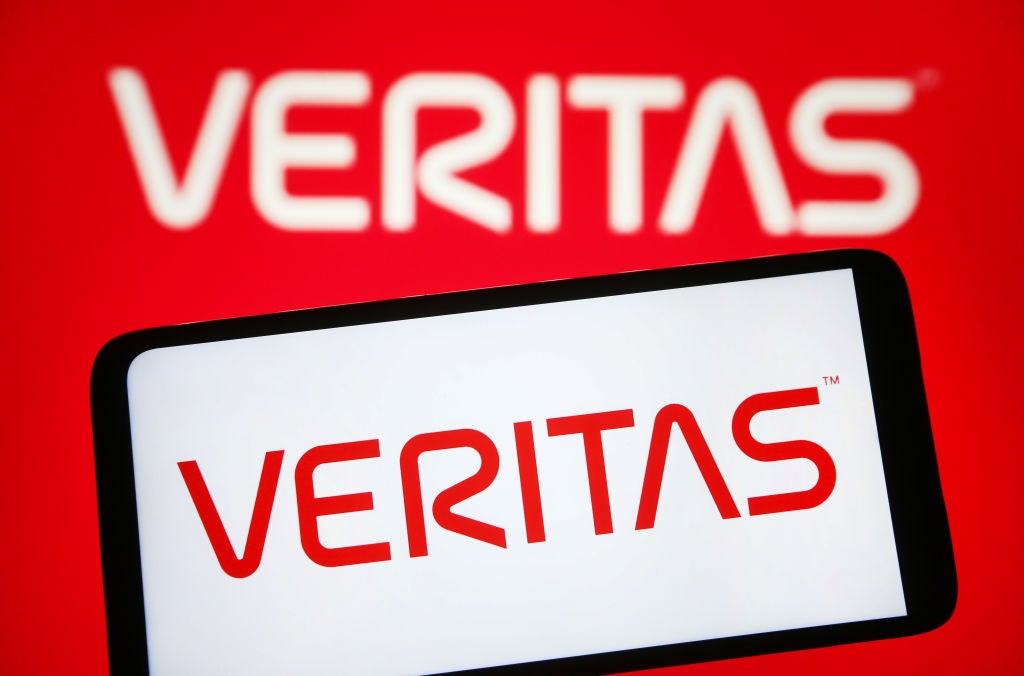
AI has arrived in the data centre, accompanied by machine learning, forming a diversified team bridging all data centre platforms together through analytics technologies.
Most data centres are running at 95% accuracy so this is the time to take advantage of collecting, harnessing and understanding the data from the facilities and IT stack to help improve the efficiency of a network infrastructure.
By pulling this data, AI is starting to predict everything from the causes of server room temperature surges to racks losing power, and advising teams on how to deal with these situations – in some cases even stepping in to automate responses.
Data centre strategy: using AI to identify key patterns
Companies are tapping in to unlock hidden patterns from millions of environmental, power, systems, thermal and other operational data-points, to improve the process of placing and managing workloads in the data centre.
But not only this, they are also considering external effects such as weather patterns and are putting implications in place to combat them.
This is making the process more unified as AI is creating a cohesive platform for data centre strategy by incorporating the processes, tools and workforce focusing on end-to-end solutions allowing initiatives to work together by design to reduce duplicate effort.
How well do you really know your competitors?
Access the most comprehensive Company Profiles on the market, powered by GlobalData. Save hours of research. Gain competitive edge.

Thank you!
Your download email will arrive shortly
Not ready to buy yet? Download a free sample
We are confident about the unique quality of our Company Profiles. However, we want you to make the most beneficial decision for your business, so we offer a free sample that you can download by submitting the below form
By GlobalDataFor example, by recording the airflow, the system can identify if any of the filters are clogged then notify the team, and in turn push the air through less clogged filters until they are changed. Once changed, the system would resume service as usual.
AI-dapting in the data centre
As data centres continue to increase in complexity, just like machine learning, technicians are having to adapt to the ever-changing landscape where in some cases they fail to construct their systems in the right way.
This can also be down to the plethora of options and configurations on how to build your network. Through deploying AI, you can empower your solution if you focus on these four main points:
- Accurately predicting future usage
- ROI based on availability
- Increased life span
- Conserving and cleaning your energy sources
As well as focusing on these points, data centres must ensure the major classes (legacy enterprise, new breed edge and high-performance super computer) continue to be digitalised.
There’s a remarkable potential to streamline the management of complex IT systems by utilising AI and machine learning. DCIM facilities will need to adapt similarly to today’s hybrid computing environments to improve the monitoring of management components such as power-distributers, physical and internal security, cooling infrastructures and rack systems, while increasing the numbers of sensors that are collecting data from devices such as switches and back-up power supplies (UPS).
(Machine) learning: the need for employee training
Machine learning learns as conditions change across the data centre, not by following specific programming instructions, but by adapting to its environment through algorithms by assessing performance autonomously. However, the same isn’t to be said for the IT team.
As technology advances so must we. There are new skillsets required for workers, and employers and managers must recognise this transformation and apply more time for training.
Going forward it won’t be the case of ‘what education do you have?’, instead the question asked will be ‘what level of certification do you have?’.
It’s important to understand this, as in some instances it takes time for educators to have a hold of and teach the latest in data centre technology. Someone’s previous degree, though impressive, could be outdated.
Always keep an eye out for talent who are keeping on top of their game with the latest certifications, and improve your current team by sending them on courses, both to improve knowledge and wellbeing in the workplace. Though ‘the robots are taking over’, people are the future of the data centre and they must be enhanced to truly improve the day-to-day running of an infrastructure.
Bringing the north and south of the rack together
The net result is greater control of the infrastructure with more resiliency and increased reliability.
As artificial intelligence and machine learning continue to learn and grow within the data centre, the more information we will be able to extract to then squash even more potential vulnerabilities.
Through recording data via thousands of sensors we will be able to bridge all aspects of the data centre, bringing the north and south of the rack together.





